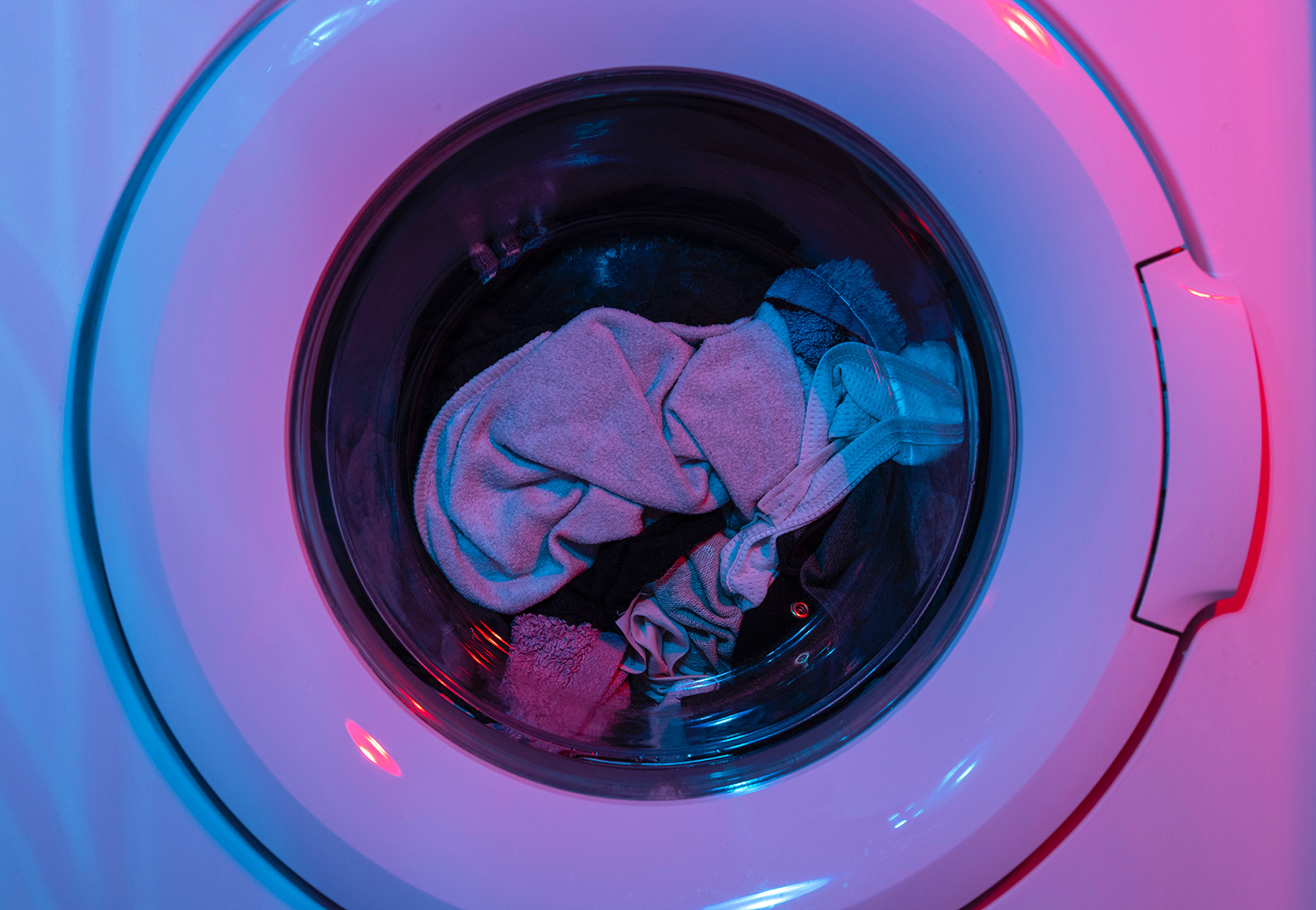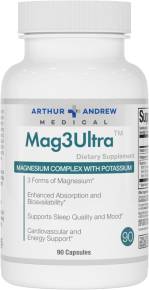After World War II, life in the average US household became easier as waves of new inventions saved time and labor. By the mid 1950s laundry was no longer a multistep task for many people, thanks to wash-and-wear fabrics made from new synthetics including polyester.
The Problem with Microplastics in Synthetic Fabrics
Not having to iron clothes comes at a cost, though, in the form of the microplastics that run out of the washing machine and right into the water supply when synthetic fabrics are laundered. “We’re drinking our clothes,” said biochemical researcher Kevin Dervishi, a PhD candidate at Harvard Medical School.
Microplastic particles in water samples may be the result of plastic bags, water bottles, and other debris breaking down, said Dervishi, “but they can also be shed from clothes thrown in the washer.”
Microplastics shed in the laundry are too small to be trapped by water treatment plants, and they “work their way up the marine food chain from small fish to us,” said Olivia Rosane on the website EcoWatch.
Fish and shellfish samples in California and Indonesia now contain plastic microfibers, according to the Plastic Pollution Coalition. A 2018 research project showed that more than 80 percent of tap water samples contained microplastics, close to 100 percent of which were microfibers. Sea salts and even commercially produced beer is affected.
Steps to Take to Reduce Microplastics
A regional coordinator of the Marine Debris Program of the National Oceanic and Atmospheric Administration, Caitlin Wessel said, “It would be really great if the washing machine companies would get on board and come up with a filter to trap these microfibers.”
But there are things you can do that will help.
-
Wash Lightly
Wash synthetic clothes less frequently, in colder water, and on shorter cycles, without filling the washer too full (a tightly packed washing machine means more friction and more shedding of microfibers).
-
Dry Gently
Hang clothes to dry, if possible, or use a dryer only on a low-temperature setting.
-
Trap Microplastics
EcoWatch recommends new products, such as the Cora Ball and Guppyfriend, that collect microfibers in the washing machine and allow you to dispose of them properly.
-
Choose Natural Fabrics
Forget fads: Give up buying cheap, synthetic clothes in favor of those made from natural fibers including cotton, linen, and wool. But even cotton can be treated with toxic chemicals, so look for organic fabrics.





